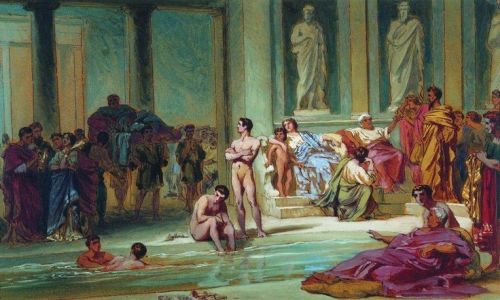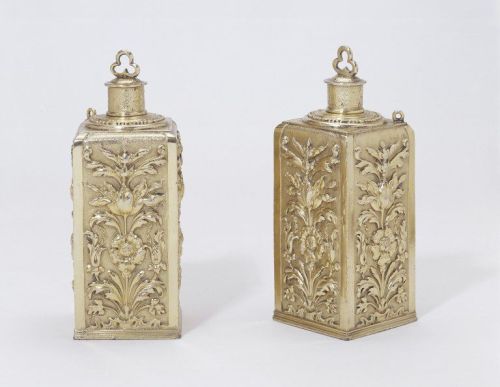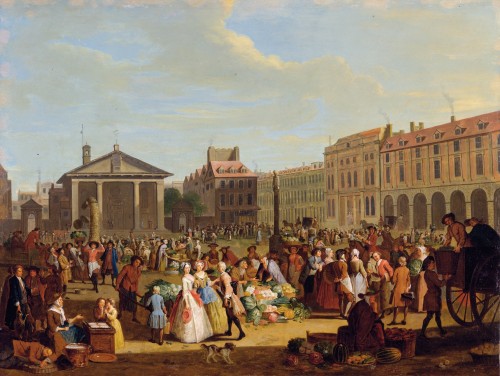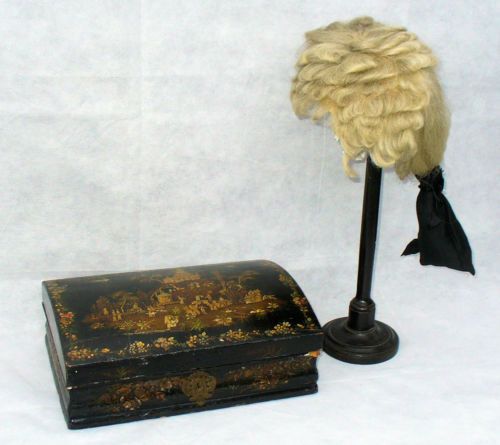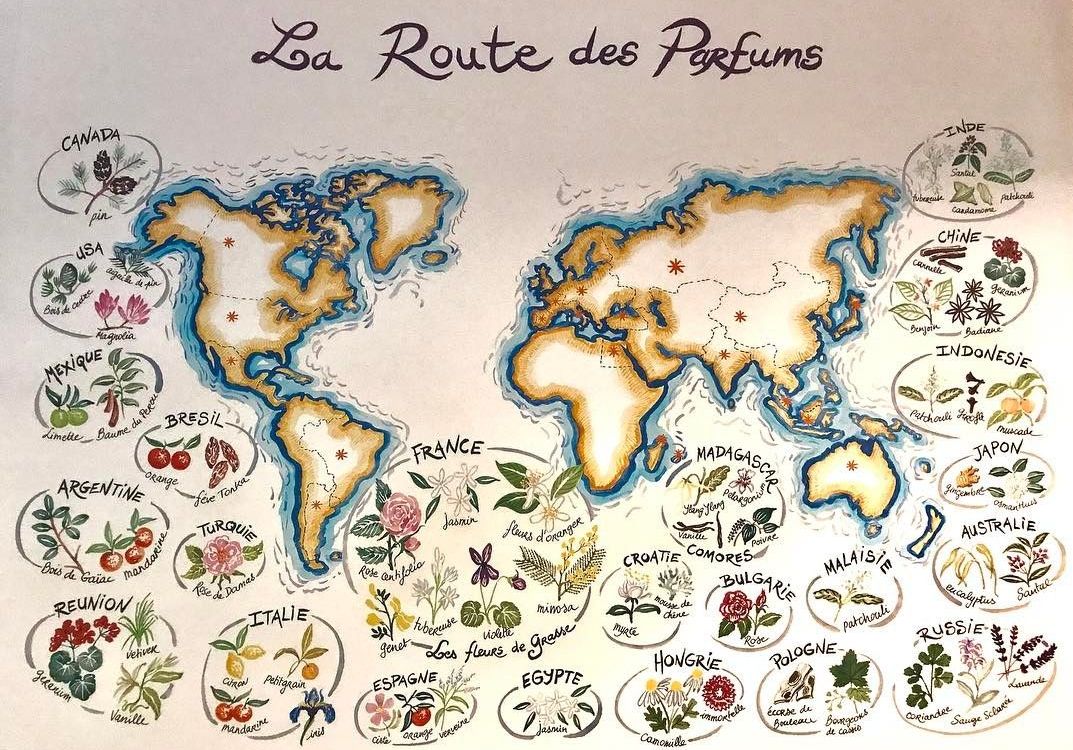
The history of perfume involves more than stories about ancient incense and associated rituals, or the most well-known fashion brands and French manufacturers from Grasse, where tons of flower petals and herbs were transformed into perfume. Unfortunately, it is also a story of filth, stench and very strong aromatic oils, the purpose of the latter being to mask the other, less pleasant smells.
The ancients knew the way
When the Egyptian and Greek civilisations were in their heyday, it was not exactly easy to keep one’s body or clothes clean. Nevertheless, the overall level of hygiene was much higher than in the ages that followed. The rulers of Egypt were known for taking long baths, and the herbs and flowers which they had delivered to them came from all ends of the then-known world. While the Romans were not as big on cleanliness as the Greeks or Egyptians, they undoubtedly contributed to the development of global hygiene. After all, they popularised the idea of aqueducts to deliver streams of clean water to Roman towns and cities.
Roman baths. Photo
The Middle Ages, or purity of the spirit
The Middle Ages introduced many changes to our approach to cleanliness and scents. Radical religious tendencies resulted in the construction of gargantuan gothic temples, combined with renouncing care for one’s own body. The opinion was that mere “perishable limbs” were not deserving of much attention, and caring for personal hygiene was seen as a sign of pride and self-exaltation. Therefore, it was a norm to use a dry cloth to “wash” one’s body by rubbing off any dirt. Eventually, the level of hygiene plummeted so low that, rather than water, various scented substances were used for maintaining cleanliness.
French chic
Baroque France set the stage for a story of perfume production and application, one as interesting as it was full of contradictions. World-renowned perfume manufacturers, today associated with exquisiteness, luxury and sophisticated products, mostly focussed on creating mixtures strong enough to mask the stenches that were ubiquitous of the time.
17th century perfumes. Photo
In the 16th and 17th centuries, hygiene levels in Europe were so abysmal that epidemics ran rampant. Bathing, however, was still perceived as socially unacceptable, although there was at least some merit to that argument. It was primarily in public baths that one could enjoy water, even though its function was more erotic than hygienic. At one point, authorities began to close public baths en masse as an attempt to contain a syphilis epidemic.
17th century town square. Photo
On the other hand, companies offering scented products, such as little sacks of herbs and fragrant oils, began to gain popularity. Among their customers were high-level officials, the bourgeoisie and the royal families. One of the best examples of what life was like in Baroque France was that of the king himself – Louis XIV. Detailed chronicles of his life mention that the king bathed once every 4–5 months, but was very fond of being rubbed with very strong scented substances, which he had done multiple times a day. The Sun King’s morning bathroom routine, on the other hand, consisted only of rinsing his hands in wine spirit. Other activities related to bathing were avoided due to the still-popular misconception that it was easier for disease to attack the body through pores opened by hot water. Washing one’s face was also thought to cause toothache and runny noses, and even to cause blindness.
Louis XIV. Photo
This resulted in an inescapable stench, which in turn was made even stronger by the unpleasant smell of faeces. After all, defecating in the streets, as well as in manor house and palace corridors, was not uncommon at the time. Various inventions from that era also demonstrate the abysmal state of hygiene at the time. Sets of small hammers and anvils are one such example. Popular among rich French people, they were used to squash lice, bedbugs and other insects infesting the body, wigs and clothing.
17th century wig. Photo
Dirty origins of the perfume industry
The Paris, Versailles and other heroes of Baroque France that we know from movies and books looked and smelled much different than how we imagine. The combination of insufferable stenches and virtually intoxicating perfume spurred the discovery of numerous unique recipes and technologies for producing scented substances. Low personal hygiene awareness and the need to mask other smells with the scent of flowers and herbs, paradoxically enough, helped to create an industry that nowadays is associated exclusively with cleanliness, chic and sophistication. Even though the history of perfume in the Middle Ages and the Baroque is sometimes off-putting, its influence on the development of the perfume industry as we know it cannot be disputed.
Powrót do listy artykułów
